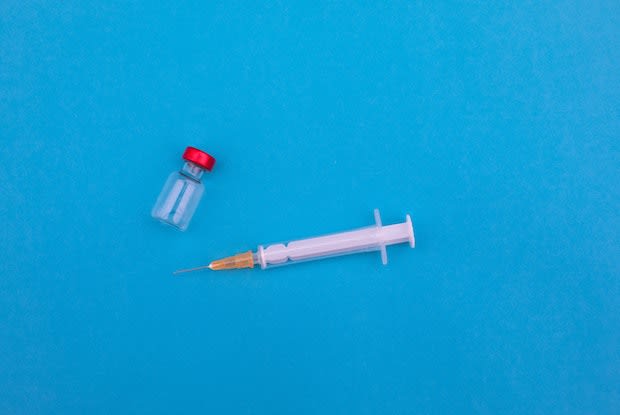Table of Contents
Having arthritis can significantly affect your everyday activities. For older people, osteoarthritis aches and pains are expected, but arthritis symptoms may become severe for others. For mild to moderate arthritis symptoms, you will likely be prescribed medications like Voltaren Emulgel, Mobic (meloxicam), Celebrex (celecoxib), or Medrol (methylprednisone).
Psoriatic and rheumatoid arthritis are more painful forms of arthritis that often require a multi-faceted treatment plan. In certain cases, your doctor may recommend surgery or other physical therapies along with a medication regime. Read on to learn more about treatment options for arthritis.
Adopt New Exercises for Joint Health
Because all forms of arthritis affect the joints, exercising may improve your body's mobility. Exercise may seem difficult if you have arthritis symptoms, but exercise is the best thing you can do if you have bothersome symptoms. Exercise can relieve pain and prevent further damage to the joints. Losing weight through exercise may also put less pressure on your joints, improving symptoms. Your doctor or physical therapist may recommend exercising in three categories.
When you stretch regularly, you may become more flexible. Stretching can also lubricate the joints and prevent them from stiffening. Morning is the best time for stretches because it sets up your body for the day. You may want to try yoga, pilates, or tai chi to learn some beneficial stretches. A good stretching routine may involve: Aerobic exercises involve strengthening the heart and lungs, which can improve the whole body. Aerobic exercises can also increase your stamina and burn calories. You may want to try swimming, the treadmill, riding a bicycle, walking, or running. Water aerobics is a great option for arthritis patients because it does not put pressure on the joints. If you regularly lift weights, you can build muscle and protect your joints from further injury. It would be best if you asked your doctor about which strength-training exercises are right for you. Hand weights can be used, but bodyweight exercises like push-ups or sit-ups are also beneficial. If you have arthritis, you may have to tailor some of your habits for the good of your treatment plan. Stopping smoking and limiting alcohol use may improve your arthritis symptoms and overall health. Research has found that those who smoke for over 20 years have an increased risk of severe rheumatoid arthritis. Smoking also decreases the effectiveness of some arthritis drugs and can inhibit your ability to exercise properly. Smoking also increases your risk of psoriasis, which is a predecessor of psoriatic arthritis. Researchers believe the link between smoking and rheumatoid arthritis is related to smoking's effect on the immune system. Smoking may ignite faulty immune system function in people who are predisposed to developing rheumatoid arthritis. [1] If you already have arthritis, drinking too much may increase symptom severity. Moderate drinking is the key to prevent susceptibility to liver damage. Alcohol, especially beer and wine, is linked to gout, which is a form of arthritis. Gout attacks initially target the joint of the big toe and can cause painful symptoms. [2] Exercises, lifestyle changes, and medications like Voltaren Emulgel, Mobic (meloxicam), Celebrex (celecoxib), or Medrol (methylprednisolone) can improve symptoms, but surgical procedures may be needed as well. If conservative treatments are not working effectively, you may undergo the following procedures. If a particular joint in your body is giving you issues, your doctor may inject that joint with medication. This procedure involves inserting a needle into the joint space. Cortisone is a human-made version of cortisol, which can treat inflammatory conditions that cause joint pain and swelling. You may receive three to four injections a year in the affected joint. [3] In some arthritis cases, one knee may be damaged while the other is okay. That means that one knee is compensating for the other, leading the non-arthritic knee to develop problems. A knee osteotomy may be performed, which involves removing or adding a wedge of bone to the joint to shift the body weight. If a joint is fully damaged and has lost all range of movement, your doctor may suggest replacing the entire joint. In this surgery, also known as arthroplasty, the doctor removes the damaged joint surfaces and replaces it with metal or plastic parts. Artificial joints may need to be replaced if they wear out over time. The content provided in this article is based on thorough research and in some cases, reviewed by a medical professional. Our goal for the information is to provide helpful, general health informational. It is not intended as a substitute for professional medical advice.
a. Stretching
b. Aerobics
c. Strength Training
Lifestyle Changes to Ease Joint Pain Symptoms

a. Stop Smoking
b. Moderate Drinking
Surgical Options and Procedures
a. Cortisone injections

b. Realigning Bones
c. Replacing the Joint
